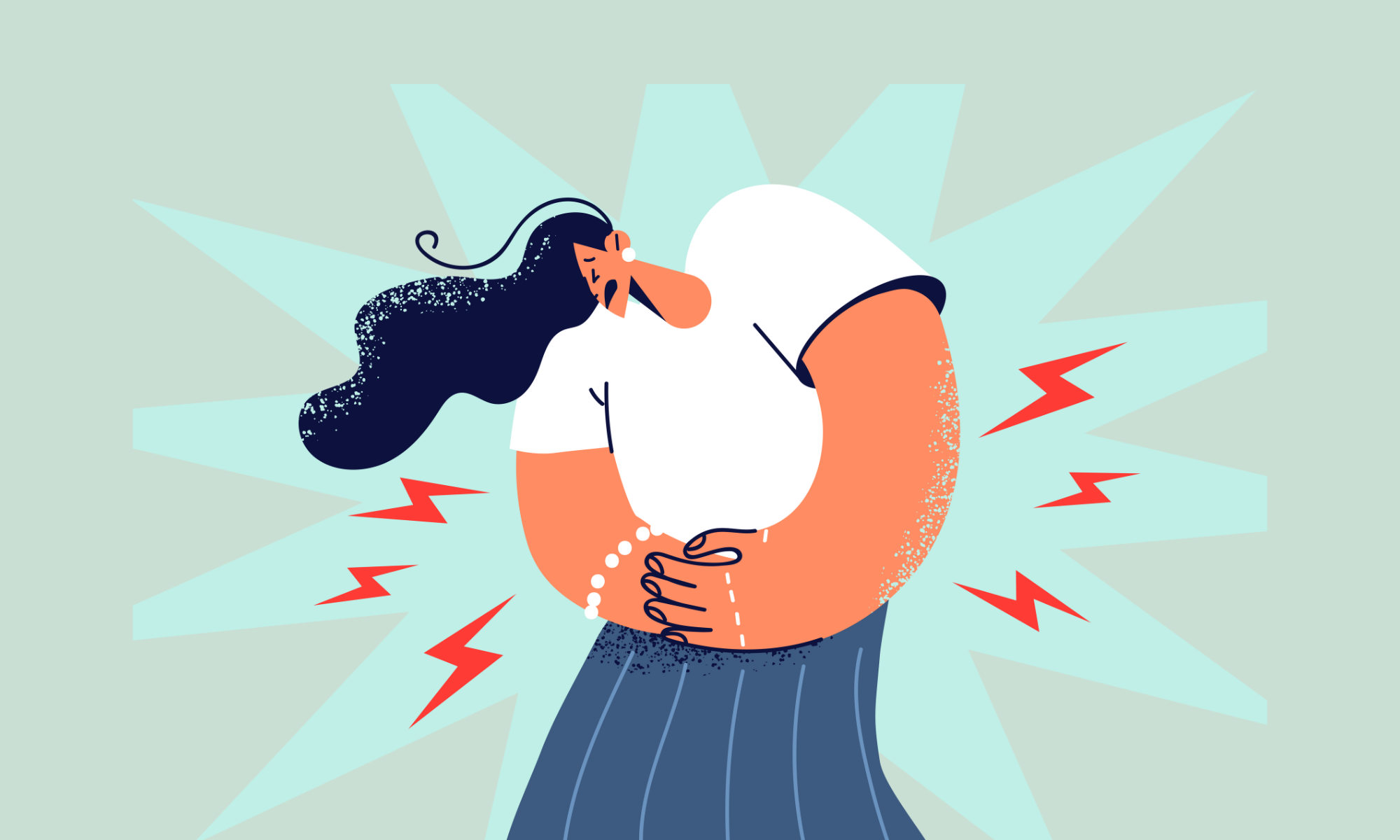Hormonal health can be a rollercoaster. From monthly period symptoms to the shifting hormones of perimenopause, many people are looking for more natural ways to feel in sync with their bodies. Enter seed cycling – a gentle, food-based method that supports hormonal balance using the power of seeds.
If you’ve never heard of seed cycling, you're not alone. And yes, while it might sound a bit ‘woowoo’ to some, this simple practice is gaining popularity in the wellness world for good reason: it’s non-invasive, low-cost, and surprisingly easy to implement.
So, what exactly is seed cycling?
What is Seed Cycling?
Seed cycling is a holistic approach that involves eating specific types of seeds during the two main phases of the menstrual cycle (or month, if you're not menstruating). The goal is to nourish your body with the right nutrients at the right time to support the production and metabolism of hormones like estrogen and progesterone.
This practice is rooted in naturopathic nutrition and is particularly helpful for people experiencing:
-
Irregular periods
-
PMS symptoms like mood swings, bloating, and cramps
-
Hormonal acne
-
Fertility challenges
-
Perimenopausal changes like hot flashes or erratic cycles
While it’s not a cure-all, many people find that seed cycling helps ease symptoms and provides a sense of rhythm and connection to their cycle.
How Does Seed Cycling Work?
To understand seed cycling, it helps to know the two phases of the menstrual cycle:
-
Follicular Phase (Day 1 to Ovulation – typically around Day 14)
Estrogen is the dominant hormone during this phase. The body is preparing to release an egg, and estrogen supports the thickening of the uterine lining. -
Luteal Phase (Ovulation to Day 28 or the start of your period)
After ovulation, progesterone takes the lead. This hormone is crucial for maintaining the uterine lining and supporting pregnancy (if conception occurs).
Seed cycling pairs certain seeds with each of these phases to naturally encourage hormonal harmony.
The Seed Cycling Schedule
Follicular Phase (Day 1 to 14):
-
1 tablespoon of flax seeds
-
1 tablespoon of pumpkin seeds
These seeds are rich in phytoestrogens (especially flax), which can help modulate estrogen levels – supporting your body whether levels are too low or too high. They also contain zinc and omega-3s, which promote healthy cell function and hormone production.
Luteal Phase (Day 15 to 28):
-
1 tablespoon of sesame seeds
-
1 tablespoon of sunflower seeds
Sesame seeds are high in lignans, which support estrogen detoxification, and sunflower seeds provide vitamin E and selenium, both important for boosting progesterone levels and supporting liver health.
If your cycle is irregular or you’re in perimenopause, you can follow the moon phases as a guide:
-
New Moon to Full Moon: Flax and pumpkin (follicular phase)
-
Full Moon to New Moon: Sesame and sunflower (luteal phase)
Seed Cycling in Perimenopause
Perimenopause is the transitional phase before menopause, typically beginning in your 40s but sometimes earlier. Hormone levels fluctuate unpredictably, and you might experience symptoms like irregular cycles, hot flashes, sleep disturbances, and mood changes.
Seed cycling can be especially helpful during this time to support smoother transitions and reduce symptoms. Since cycles may not follow a 28-day pattern, syncing with the moon or following a consistent two-week rotation of seeds can still be beneficial. Think of it as offering your body the building blocks it needs to balance itself out.
How to Incorporate Seed Cycling into Your Routine
Seed cycling doesn’t need to be complicated. Here are a few simple ways to add your seeds daily:
-
Blend into smoothies
-
Stir into overnight oats or porridge
-
Sprinkle on salads or grain bowls
-
Add to yogurt or chia puddings
-
Bake into energy balls or muffins
Always use raw, unsalted seeds, and for maximum benefit, grind flax and sesame seeds before consuming to help your body absorb their nutrients better.
Pro tip: You can pre-grind and portion your seed mixes for each phase and store them in the fridge or freezer to keep them fresh and ready to go.
Does Seed Cycling Really Work?
Scientific research on seed cycling is still limited, but the nutritional benefits of the individual seeds are well-documented. Many of the vitamins, minerals, and healthy fats found in these seeds are known to support endocrine (hormone) function, reduce inflammation, and aid liver detoxification – all of which play a role in hormonal health.
Anecdotally, many people report more regular cycles, fewer PMS symptoms, clearer skin, and more stable moods after two or three months of consistent seed cycling.
It’s important to note that seed cycling works best as part of a holistic lifestyle that includes a balanced diet, good sleep, stress management, and regular movement.
Whether you’re dealing with period challenges or navigating the unpredictability of perimenopause, this simple daily habit can help you feel more grounded and connected to your body.
As with any natural remedy, consistency is key - and patience is part of the process. Your hormones didn’t fall out of balance overnight, and they won’t rebalance instantly either. But over time, seed cycling may help your body find its own rhythm again.
Give it a go - your hormones just might thank you.















